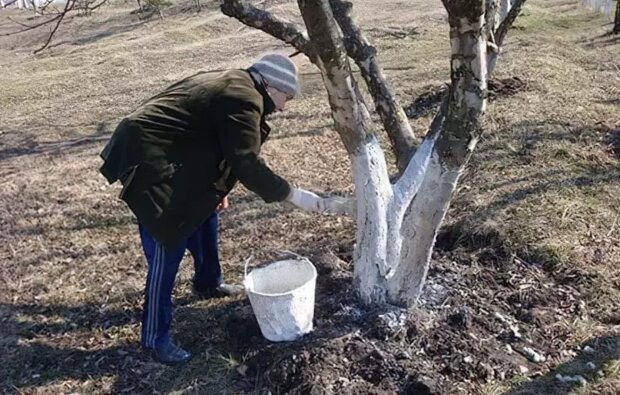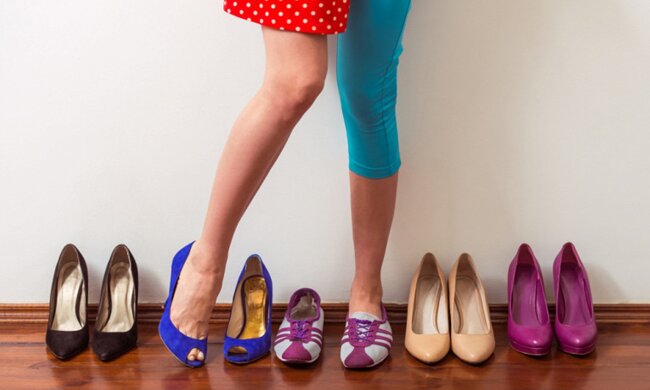During the fall, we want to quickly finish all the work in the garden and vegetable garden, collect the harvest, give the soil a rest, feed it, and start a new season of planting seeds in the spring.
However, everything has its time, and the main mistake of gardeners is rushing to finish the season.
As reported: Popularni.live
The first mistake that all gardeners make is stopping weeding on the beds. Remember that even after harvesting, the beds should be weeded. Why?
Weeds mature their seeds in the fall, which the wind scatters throughout the site.
The seeds will sprout in the spring, and the battle with weeds will continue for the entire next season. A good solution to this situation is to sow weed seeds.

Premature pruning of perennials on the bed. If you want your perennials (flowers, shrubs, trees) to look neat and tidy in the spring, you need to cut them back in the fall.
The above-ground part of the plant needs to be removed from the bed, but this only applies to plants that start to grow from the roots in the spring.
Early fall pruning of shrubs. Pruning stimulates the growth of new shoots, so timing the pruning is very problematic.
Early fall pruning forces the shrub to quickly regenerate, rather than prepare for the winter.
To avoid this, pruning should be timed correctly. Prune the plants after the movement of sap has stopped, when the leaves have fallen off, and before there is a hard frost outside.

Sanitary and shaping pruning of trees and shrubs in the fall. Sanitary and shaping pruning is not necessary in the fall.
Sanitary pruning involves removing all broken, diseased, and dry branches. Formative pruning is best done in the spring, as it is designed to maintain the proper shape of the shrub and strengthen the growth of lateral shoots.
Note that shaping pruning is allowed in the fall only for fruit trees and shrubs that bloom and bear fruit in the summer.

Leaving fallen leaves, rotten and diseased fruit. Leaving rotten and diseased fruit (tomatoes, apples, pears) on the beds mistakenly assumes that they will become fertilizer next year. However, they will only become a breeding ground for diseases in the soil, which will lead to diseases (rotting...) of the vegetables.
Not collecting leaves or leaving piles of fruit and vegetables on the garden is a very common mistake of gardeners. Insects - pests and other rodents such as rats, field mice, bears, and fungal spores hibernate in piles of leaves.
Pests come out of hibernation very hungry and will eat your onion sets, as well as settle on your site and eat young root crops. Fallen leaves, diseased branches (burnt), and spoiled fruit and vegetables should be taken away from the site.

Do not sow flowers early in the spring. To have a colorful and vibrant spring after the winter, plant a flower meadow: tulips, crocuses, daffodils, fritillaries, and hyacinths.
If you want your beds to be decorated in March-April, take care of it in the fall. The bulbs of the first spring flowers need a long wintering in the soil.
Do not sow greens in the winter. To get an early harvest of greens, you need to take care of them in the fall. It is good to sow some crops (spinach, lettuce, radishes, parsley) under the winter cover to get an early harvest in the spring. Cover the crops with agricultural fabric.
Read more: Taste like childhood": Real milk ice cream without added cream
As we wrote earlier: Universal "4 seasons" cutlets: A juicy combination of vegetables and meat





































